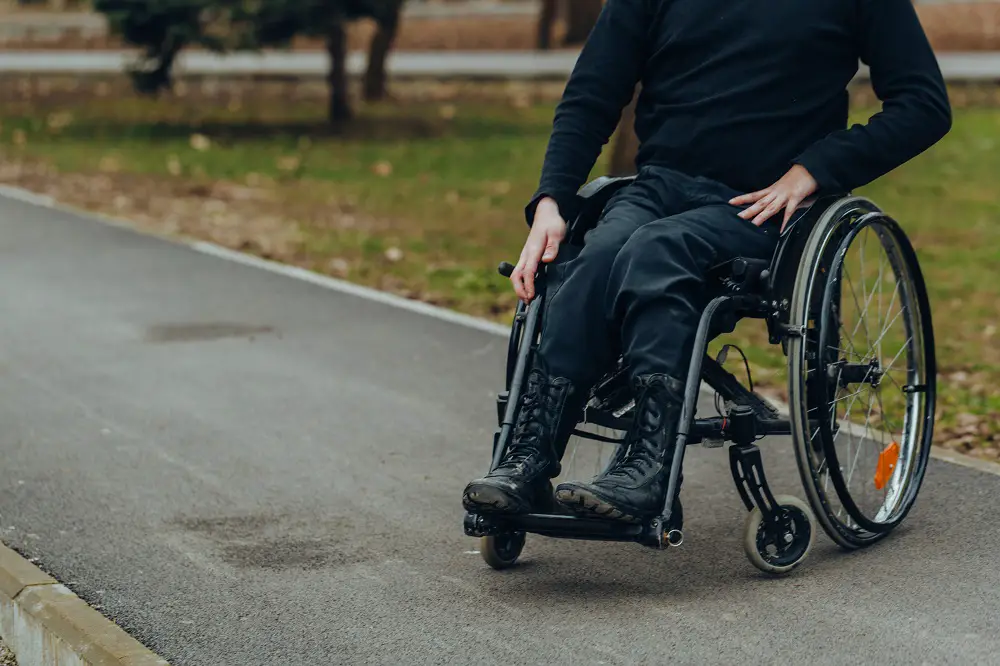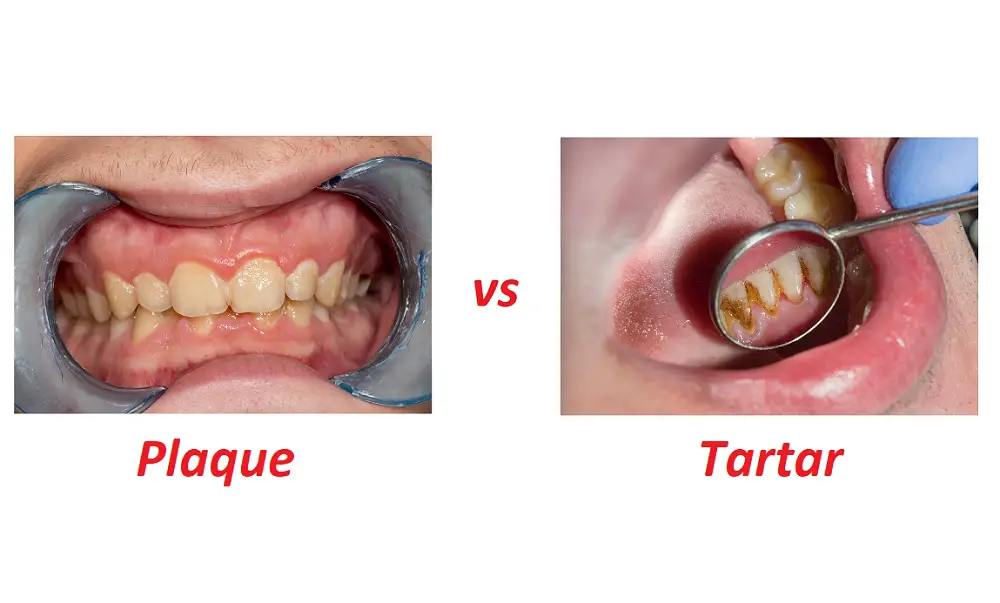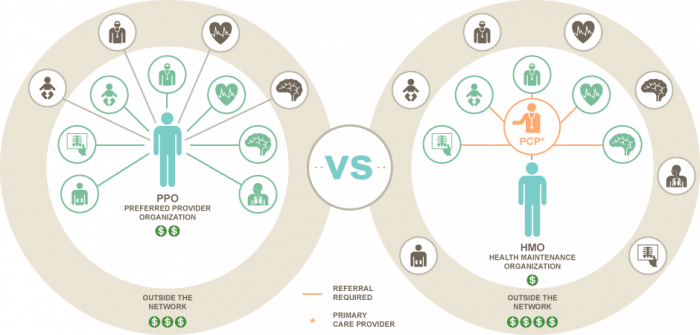Difference Between Paraplegic and Quadriplegic
One of the most common human disabilities in the world is paralysis, either sustained from an injury or manifested from birth. The four types of paralysis are- monoplegia, hemiplegia, paraplegia, and quadriplegia.
Of these, the last two are frequently confused. The difference between paraplegic and quadriplegic may not be immediately evident if you don’t have knowledge about medical science.
Well, the loss of sensation and movement in both legs and/or the lower abdomen is referred to as paraplegia. Quadriplegia, on the other hand, affects both legs and arms, and sometimes other parts of the upper body.
In this article, we’re going to delineate the two types of paralysis and discuss their distinctions to help you get a better understanding.
What Is Paralysis?

Paraplegia and quadriplegia are two types of paralysis that affect humans. Before we go into what they entail, however, it’s worth getting a better understanding of what paralysis is.
‘Paralysis’ is the name given to the condition in which an individual suffers a partial or complete loss of sensation and movement in one or more body parts. From spinal cord injuries to stroke, there are many causes of paralysis. It can also be congenital (present at birth).
Depending on the cause and severity of the resulting damage, paralysis can be of many types- complete/partial, temporary/permanent, generalized/localized. Both paraplegia and quadriplegia are examples of partial paralysis. Let’s now look into their individual specifics.
What Is Paraplegia?

When someone suffers from paralysis in the lower half of their body and consequently loses sensation and ability to move both legs, they are paraplegic. Other parts of the lower abdomen may also be affected.
The extent of the paralysis manifests in minor mobility issues or complete paralysis. A paraplegic does have the capability to use their arms.
Another form of paraplegia, sometimes wrongly interchanged, is paraparesis. This refers to the condition where one suffers from partial paralysis in their lower body as a result of having weak or stiff muscles.
Effects of Paraplegia
Although a paraplegic lack sensation and mobility in their lower body, they retain their upper body’s neurologic function. As such, many paraplegics can live without assistance and perform everyday tasks, such as eating, independently.
However, a paraplegic does need assistance to be able to walk, for which they require crutches, leg braces, and/or wheelchairs.
Hypersensitivity and numbness are two other possible effects of paraplegia. This occurs due to the sensory nerves being affected. Accordingly, a paraplegic might be unable to feel the extent of injuries to their lower bodies. Otherwise, they might experience a tingling/burning sensation (which can be quite painful).
Other effects of paraplegia include high blood pressure, chronic pain, intestinal and bladder issues, poor heart health, sexual dysfunction, and weight gain.
What Is Quadriplegia?

Also called tetraplegia, quadriplegia refers to the condition in which a patient lacks motion and/or sensation in all four limbs: both of their legs, and both of their arms. Most quadriplegics also lack sensation and motion capabilities in the rest of their body, such as their abdomen, back, and chest.
Typically, quadriplegia is caused by a spinal cord injury that originates in the neck. Once again, the extent of the paralysis severity depends upon the injury that caused it. In cases of high severity, the quadriplegic/tetraplegic might need help in breathing using a device like a respirator.
Main Differences Between Stroke and Heart Attack
Effects of Quadriplegia
A quadriplegic, as you already know by now, lacks the use of all four of their limbs (which may, once again, be partial or complete). As such, they are unable to live independently, depending on assistance to perform the majority of daily tasks such as dressing, eating, and bathing.
And as they are unable to use their limbs for motion, quadriplegics need help moving between wheelchairs and beds.
Other physical effects of quadriplegia include speech disabilities, respiratory issues, bedsores (also known as pressure ulcers), and in severe cases, loss of bone and muscle.
Recommended for You:
- Shoulder Separation vs. Dislocation: How Do They Differ?
- CBT Vs. DBT: What Are The Differences?
- UTI Vs. Yeast Infection: What Are The Differences?
- Difference Between Signs and Symptoms
Summary: Difference between Paraplegic and Quadriplegic
| Parameters of Comparison | Paraplegia | Quadriplegia |
| Paralysis | Lack of sensation and/or mobility in the lower half of the body | Lack of sensation and/or mobility in all four limbs |
| Effects | Inability to walk, weak and/or stiff muscles, hypersensitivity and numbness (tingling/burning sensation), intestinal and bladder issues, weight gain, high blood pressure, chronic pain, sexual dysfunction | Speech disabilities, respiratory issues, bedsores, loss of bone and muscle |
| Assistance required | Crutches, leg braces, and/or wheelchairs | Full assistance required to perform tasks, breathing apparatus (e.g., respirator) |
Final Words
We hope that we’ve been able to clarify the difference between paraplegic and quadriplegic. To recap- the former refers to someone with paralysis only in the lower half of the body, while the latter identifies an individual with all four limbs paralyzed.







